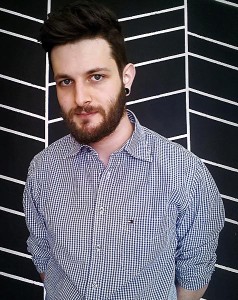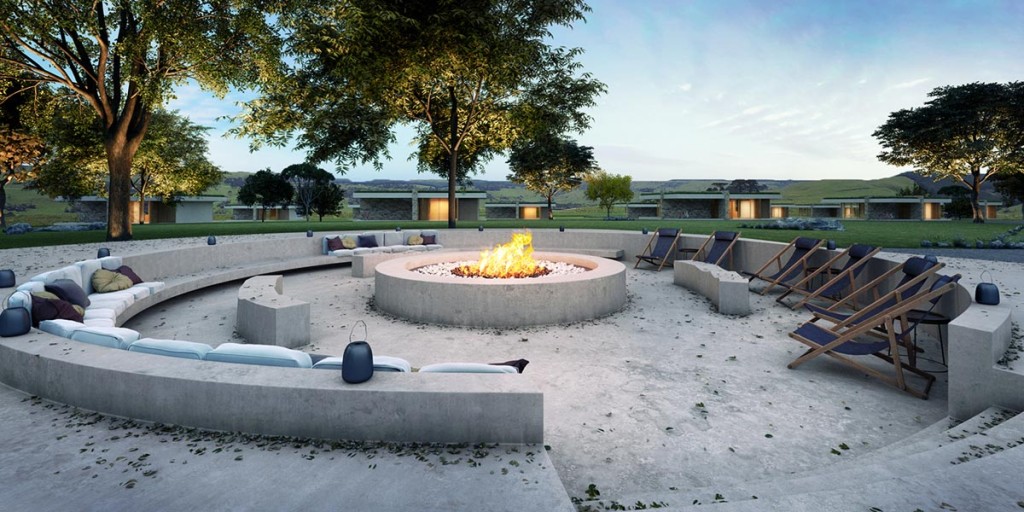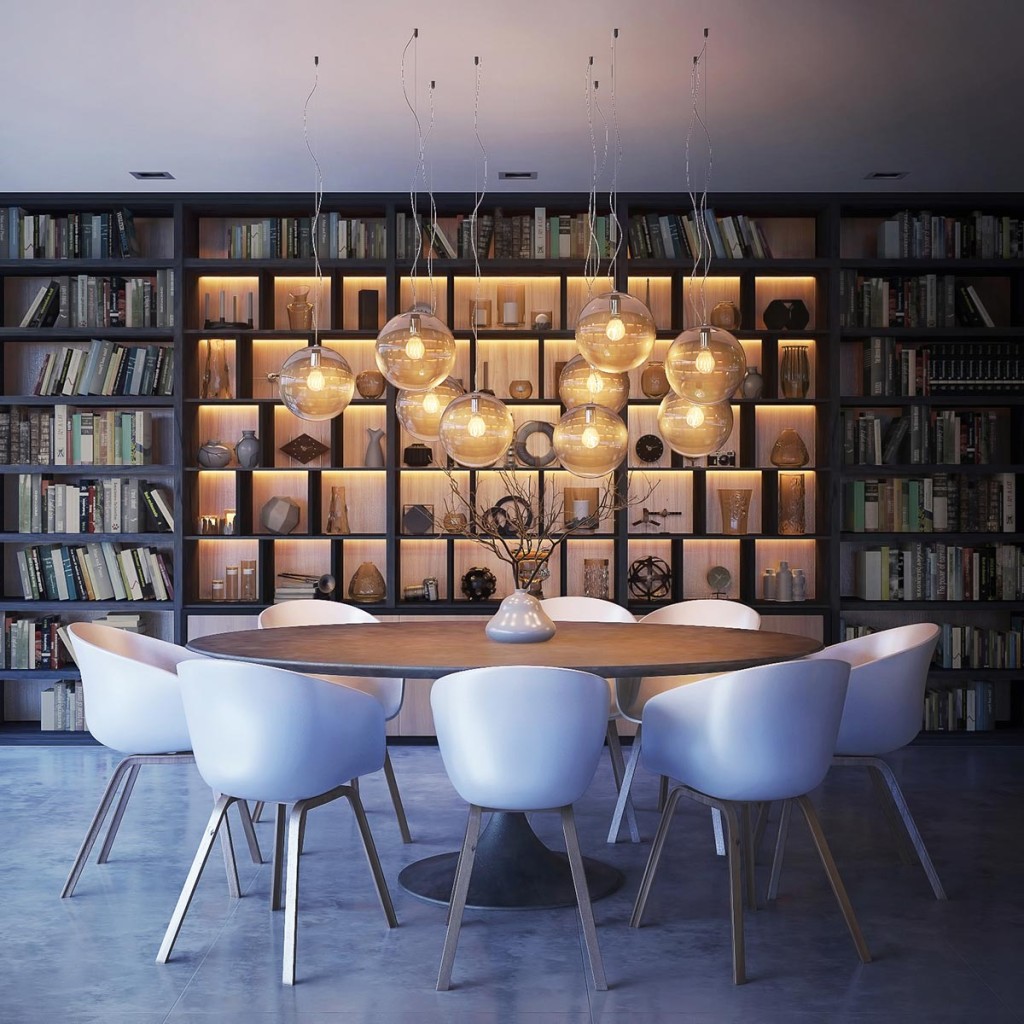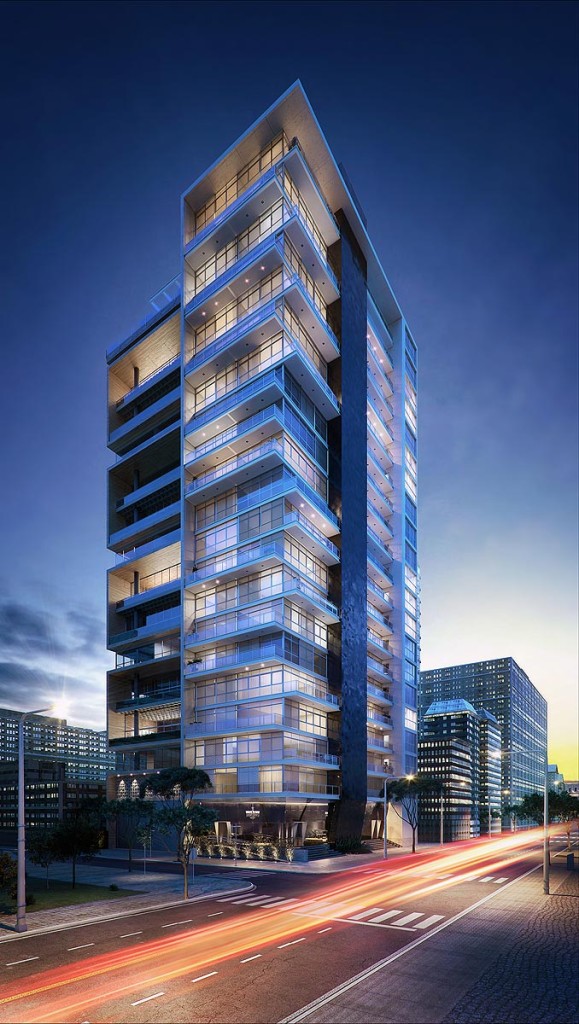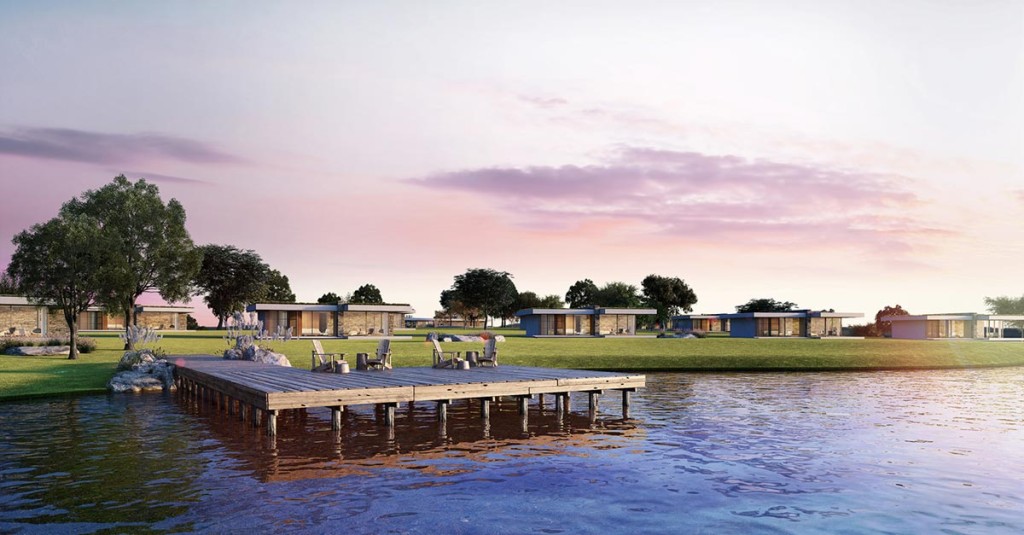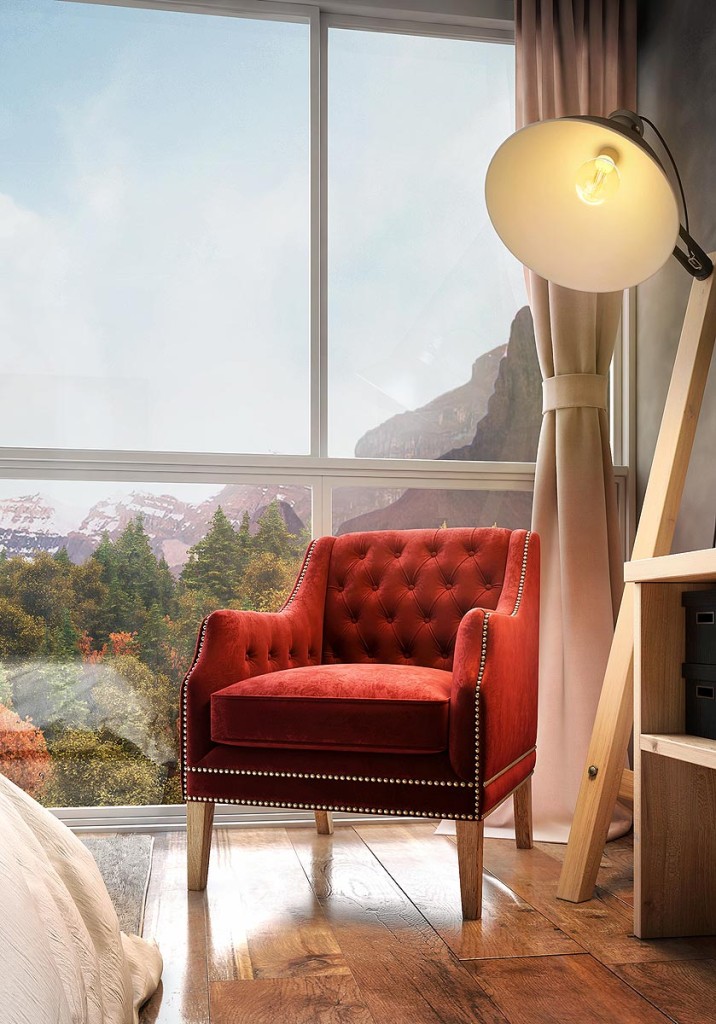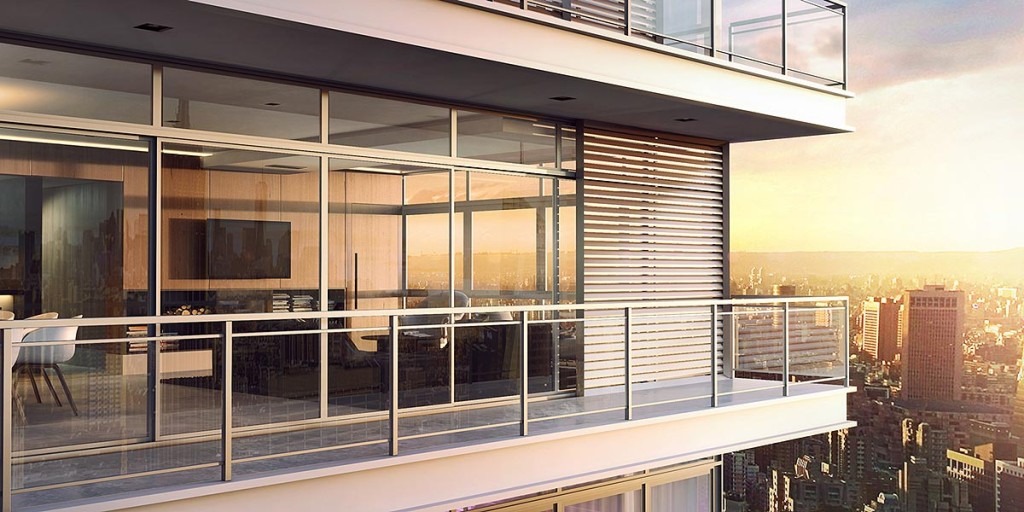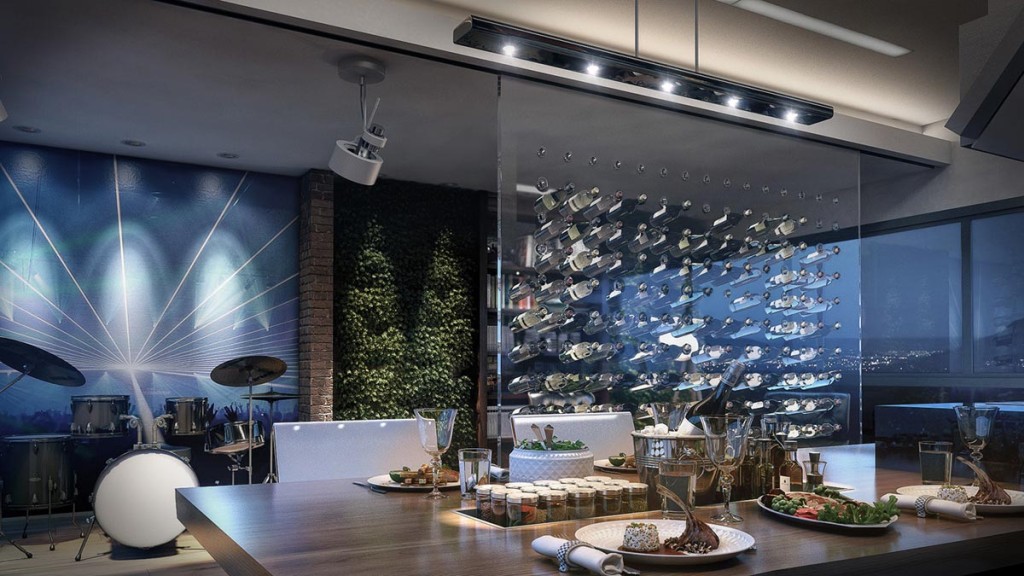Brief:
Area of living: Porto Alegre, Rio Grande do Sul, Brasil
Company: Working in his own company since 2015, Blooe Visuals
Expertise: Interior & Exterior
Project duration: 7 days – …
Software using: 3DsMax, Vray, Photoshop
You can find Felipe:
Now for the art direction process, I need to put together a moodboard. So I explain the importance of understanding the identity of the project and its purpose (why it is going to be built?) and send a short questionnaire, asking them to respond carefully. After receiving the briefing, I set up a moodboard with reference images and text, justifying our art direction proposal for this project and ask if it match with what they expect.
Now, speaking of large projects with multiple units, there will always be smaller budgets, it’s perfectly normal. I have realized that the buildings companies understand when it comes to a better quality work. I guess the major difficulty for most of the artists is to convince their clients that their work really adds value and identity to the project and their investment will be justified. Perhaps because the artists themselves don’t believe it…
A good portfolio is a nice start, but the main problem is to convince the client that you are in control, and are being paid to do something you know much better than him. The client needs to give its opinion, be heard, and give the final approval. But the studio must suggest and defend their position, not only give options. This ruins the perception of art direction, which is what we are offering of more valuable. The client is specializes in architecture, has a degree on that, not illustration or photography. If he feels that he has some responsibility in making the image better, he will try to do it and may ruin the image.
Art direction is not about ‘good taste’. It’s perception, photography embasement and experience, knowledge of color balance, composition and hierarchy, storytelling, visual stimulation … So that’s the tip: make your customer know what he is buying, beyond what he already knows!

